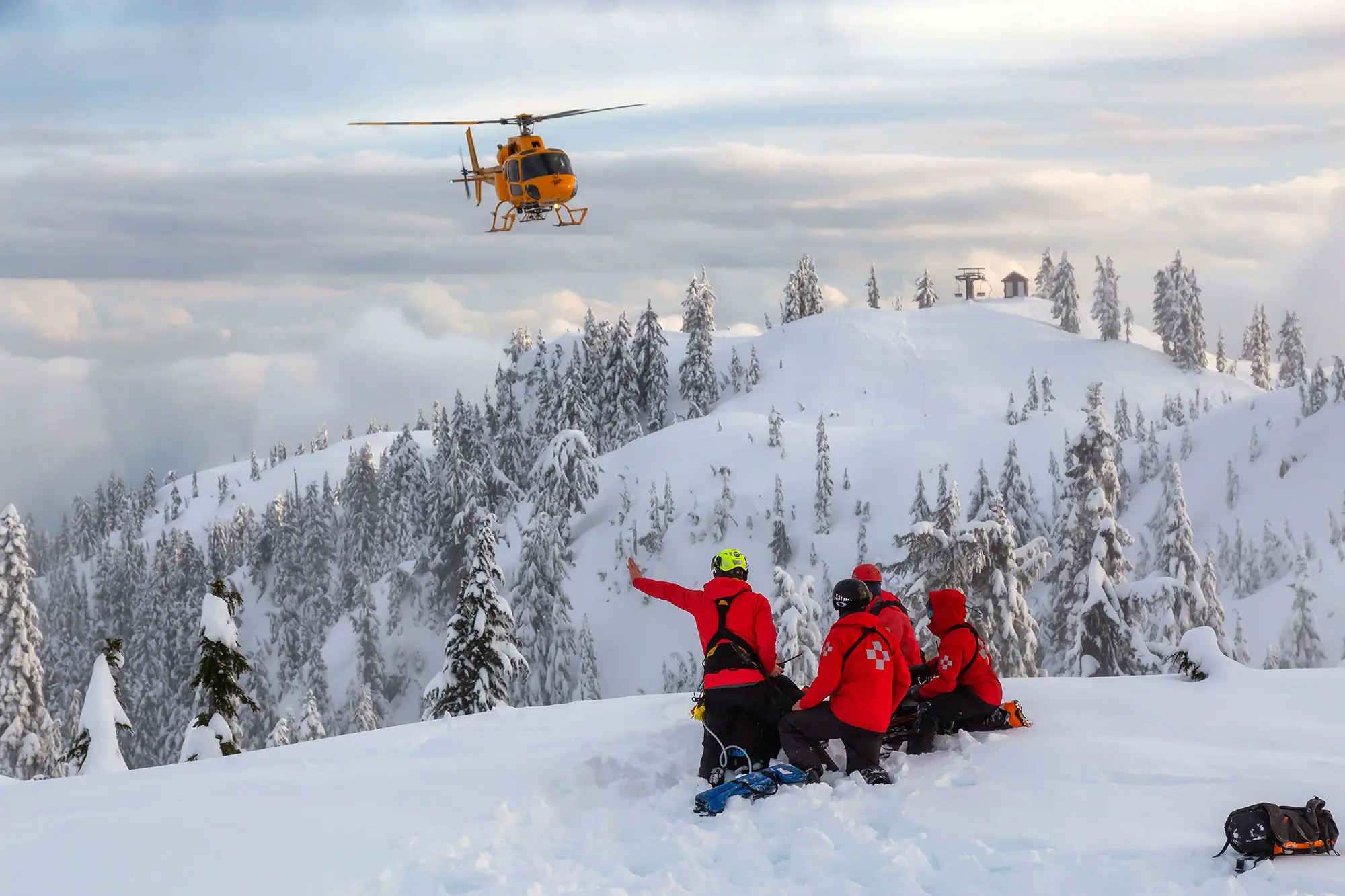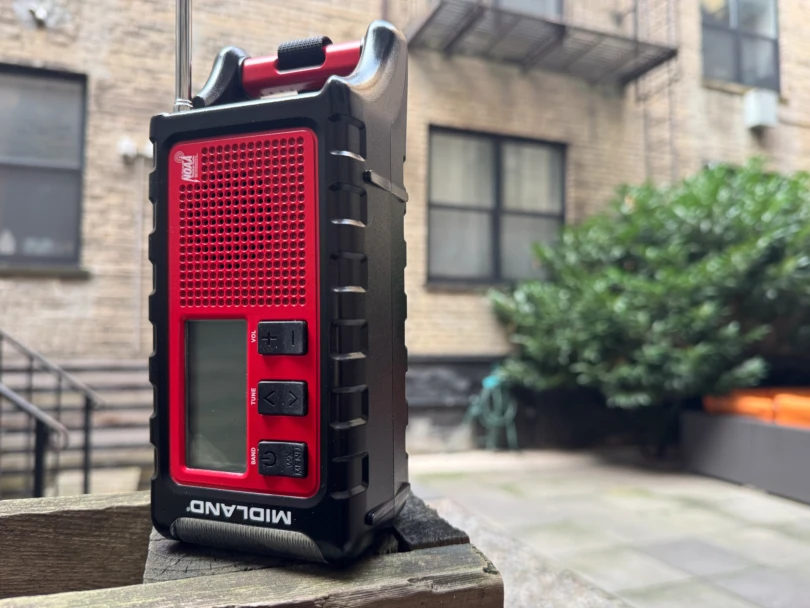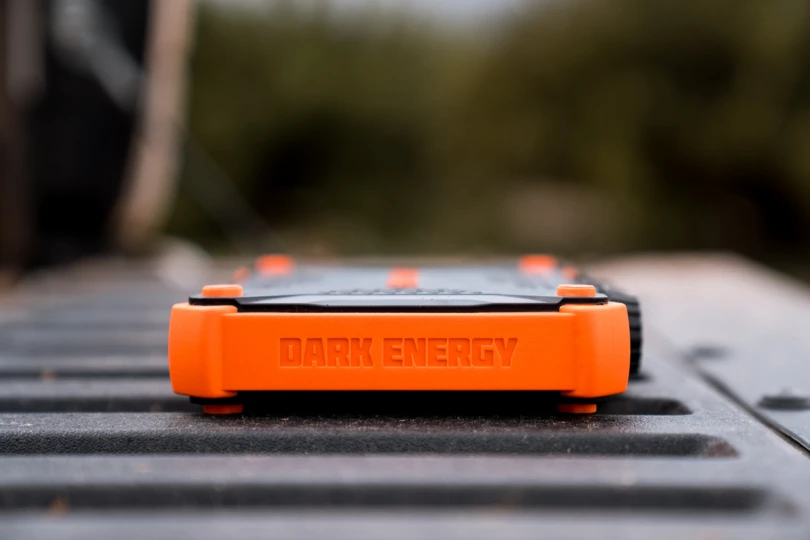Earlier this month, Apple revealed new details and tech for the forthcoming iPhone 12. And there’s one new feature that may enthrall outdoor adventurers.
Light Detection and Ranging, commonly known as LiDAR, is not a new technology in itself. Police use it at speed traps, NASA uses it for space missions, and meteorologists use it to make questionably accurate weather predictions.
Put simply, LiDAR emits laser pulses to measure distances — making it very effective for mapping (or issuing speeding tickets).
But until now, it hasn’t been a technology the average Jane or Joe carries around with them. That will likely change with the iPhone 12 launch this fall, numerous outlets report.
According to Forbes, the upcoming iPhone 12 will incorporate a LiDAR camera currently showcased in the iPad Pro. This means your iPhone camera will be able to render digital environments based on what you see around you.
Why do we care? Because it turns out, this tech may have stunning applications in the outdoors. We spoke to Tim Field, CEO of spatial mapping company Abound Labs, to find out how.
iPhone 12 LiDAR: What Will It Do?
GearJunkie: How could the iPhone 12 be used in outdoor adventure scenarios?
Tim Field: Bouldering is one obvious example. The LiDAR Scanner can capture a 3D model of a crag in seconds and generate a route map. And if someone’s scanned it already, it could detect which rock you’re looking at and automatically load the guide.
Trails will be 3D-scanned for hiking maps and trail maintenance. And they’ll be annotated with points of interest.
Combined with 2D object recognition, your phone will be able to pinpoint plants/flora as you walk.
You’ll also be able to take accurate measurements with just your phone, which could be useful for fishing and hunting.
What will its limitations be?
The LiDAR’s 16-foot range is amazing, but the main limitation is its low resolution. With 100 times fewer pixels than a regular camera, it struggles to see objects thinner than an inch.
And while LiDAR works in pitch-black to calculate the phone’s movement, the iPhone relies on its color cameras to track image features. So, without ambient light, you won’t be mapping cave systems.
Indoors, it can detect “failure cases,” such as mirrors and moving people, and subtract them from the scan. Outdoors, reflective materials like ice, snow, and water will confuse it.
How do you see this tech mostly being used — and by whom?
Apple’s gearing up to build an ecosystem for augmented reality (AR) glasses in the next 2-3 years. Its goal with this tech is for virtual 3D content to interact more realistically with your surroundings.
But before then, I think you’ll see clever uses of this tech to capture and share spatial data, indoors and out, and potentially transform industries such as real estate, engineering, and construction.
iPhone 12 LiDAR
So what will it look like? At this point, it’s unclear exactly how people will exploit Apple’s LiDAR-equipped iPhone. But it’s likely to enable a suite of interesting AR apps.
While homeowners might love to render their living rooms, then virtually select and arrange new furniture before buying, outdoor recreationists will likely find their own unique uses.
We’d love to see apps that utilize LiDAR for identifying animal tracks or dangerous vegetation. Perhaps someone will use it in an app that overlays bouldering routes on a crag, along with virtual hold placements and rich data about grades and beta.
What do you think? How would you use this technology to enhance your next outdoor adventure?







